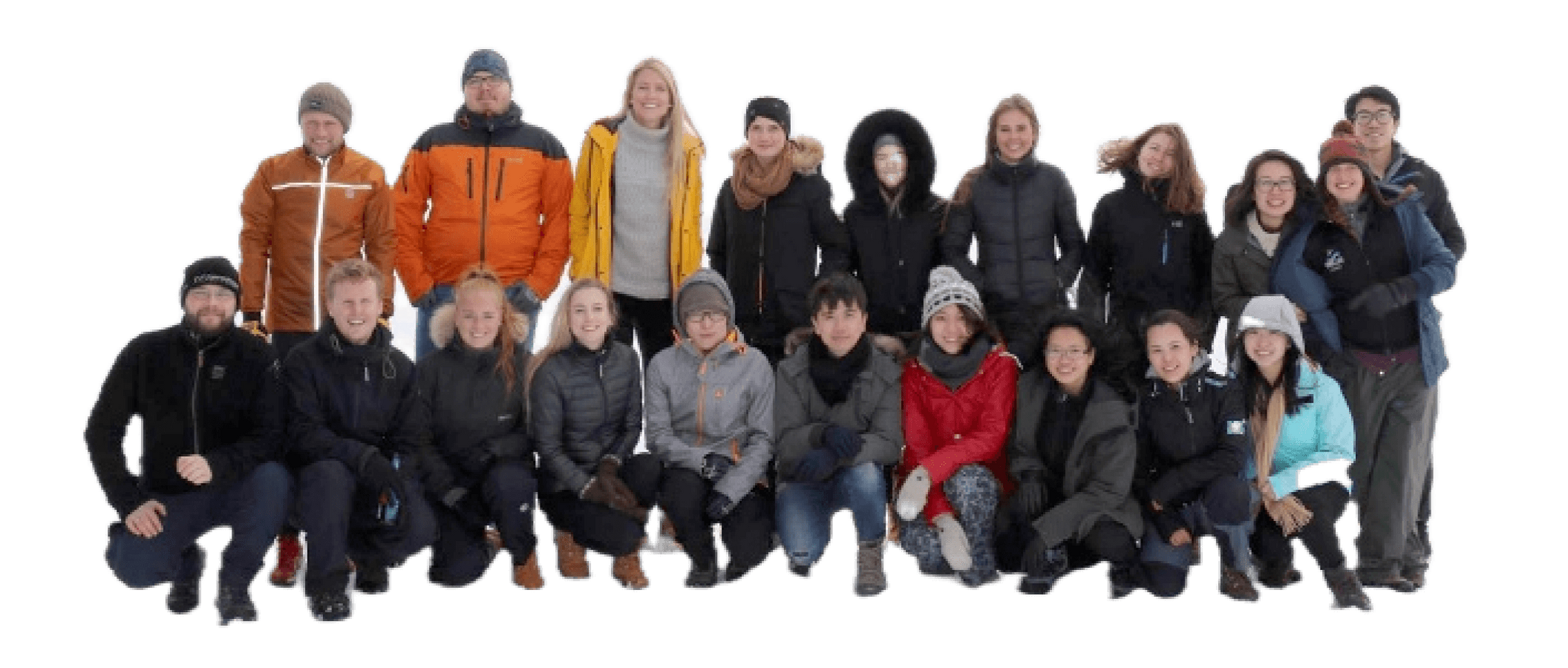
Laurette G.
Tout était parfait : l'accueil sur le site, la préparation, la facilité pour réserver. Et un grand merci à Matteo pour cette magnifique excursion ! Il est passionné, drôle et très sympa. Je recommande les yeux fermés.

Choisissez l’expérience idéale en Islande
Sélectionnez vos dates
Ajouter des voyageurs
Affinez les résultats à l'aide des filtres
Découvrez pourquoi tant de voyageurs nous font confiance pour leur aventure islandaise.
Explorez un choix inégalé de circuits et de séjours
Lisez les avis de clients du monde entier



Téléchargez la plus grande plateforme de voyage d'Islande sur votre téléphone pour gérer l'intégralité de votre voyage au même endroit
Scannez ce code QR avec l'appareil photo de votre téléphone, et cliquez sur le lien apparaissant pour avoir la plus grande plateforme de voyage d'Islande à portée de main. Ajoutez votre numéro de téléphone ou votre adresse e-mail pour recevoir un SMS ou un e-mail avec le lien de téléchargement.